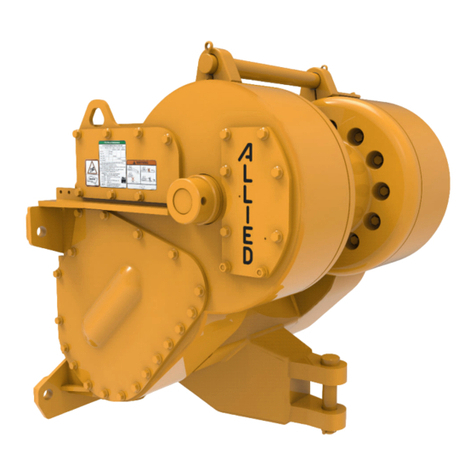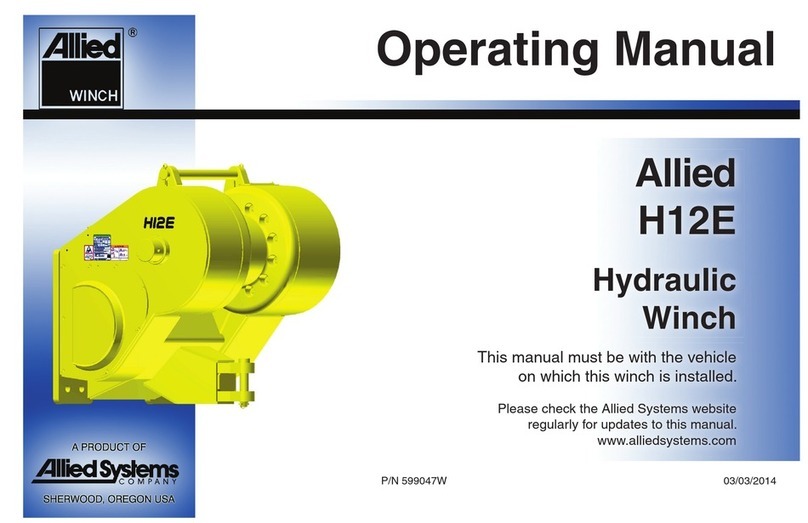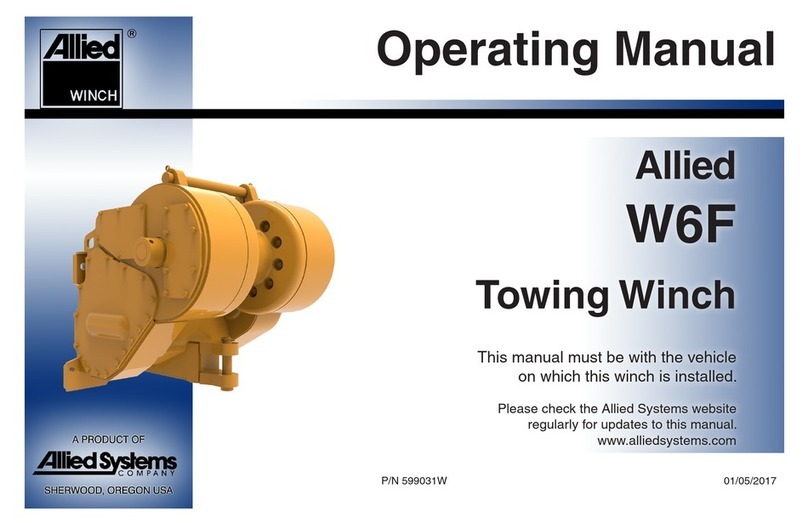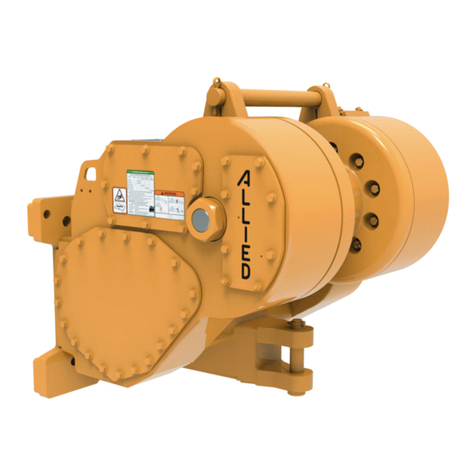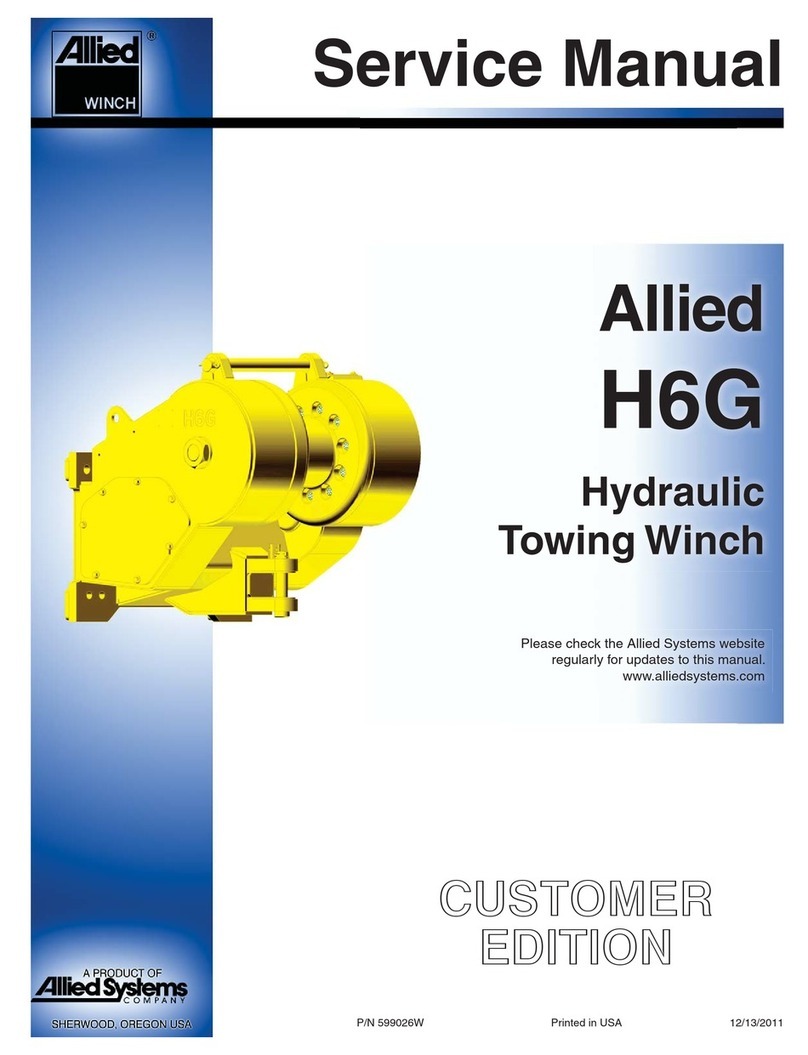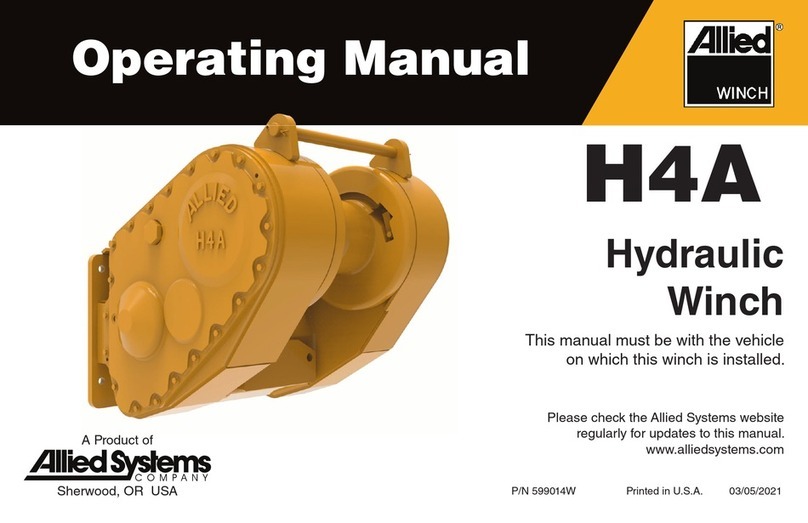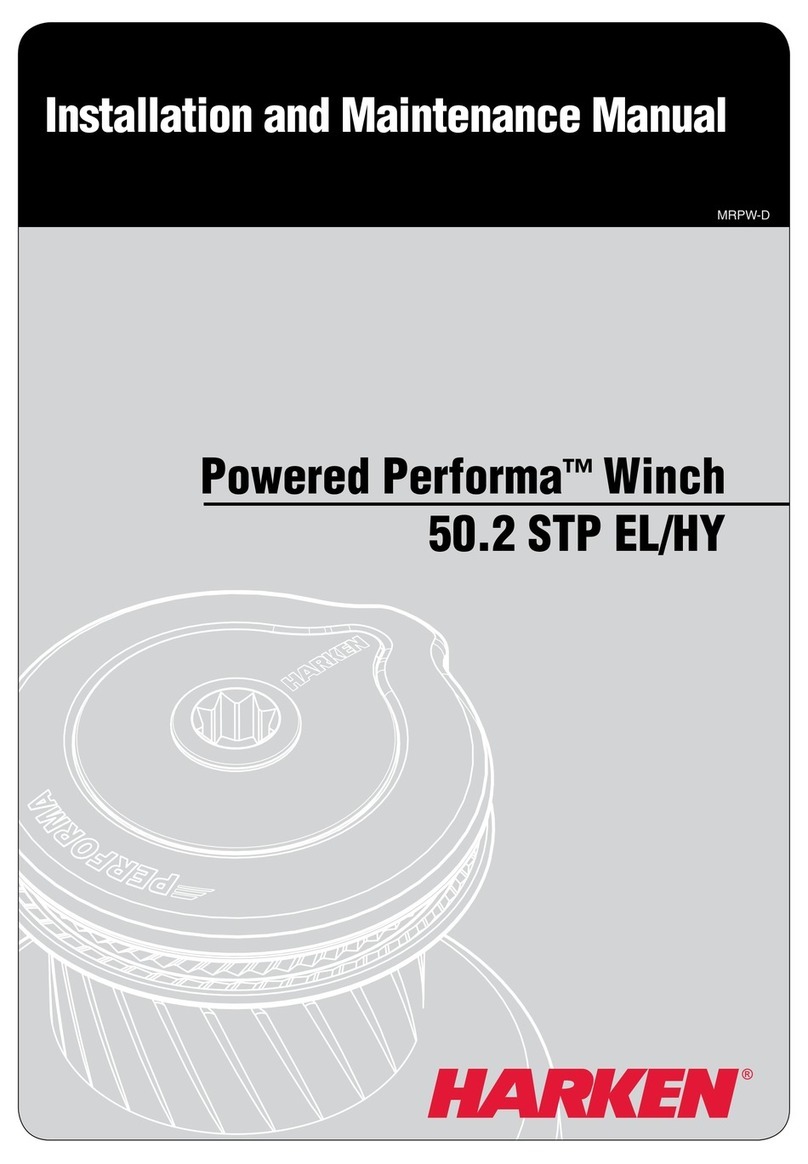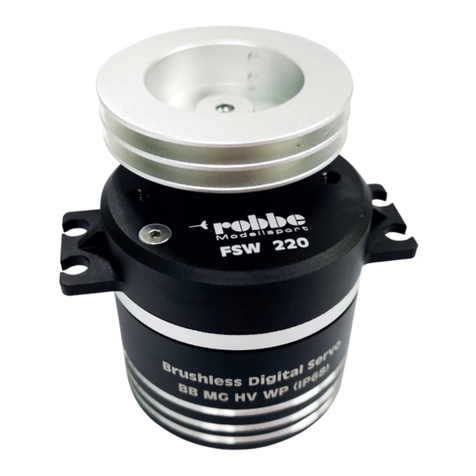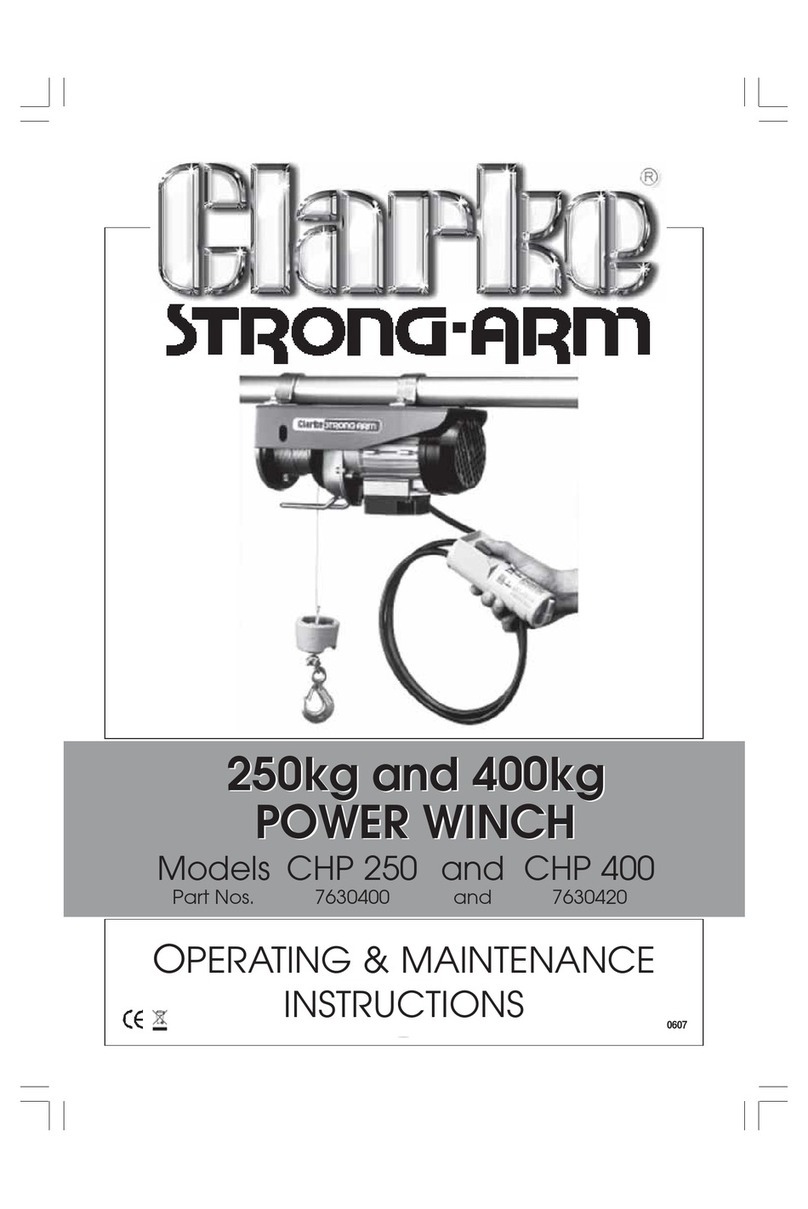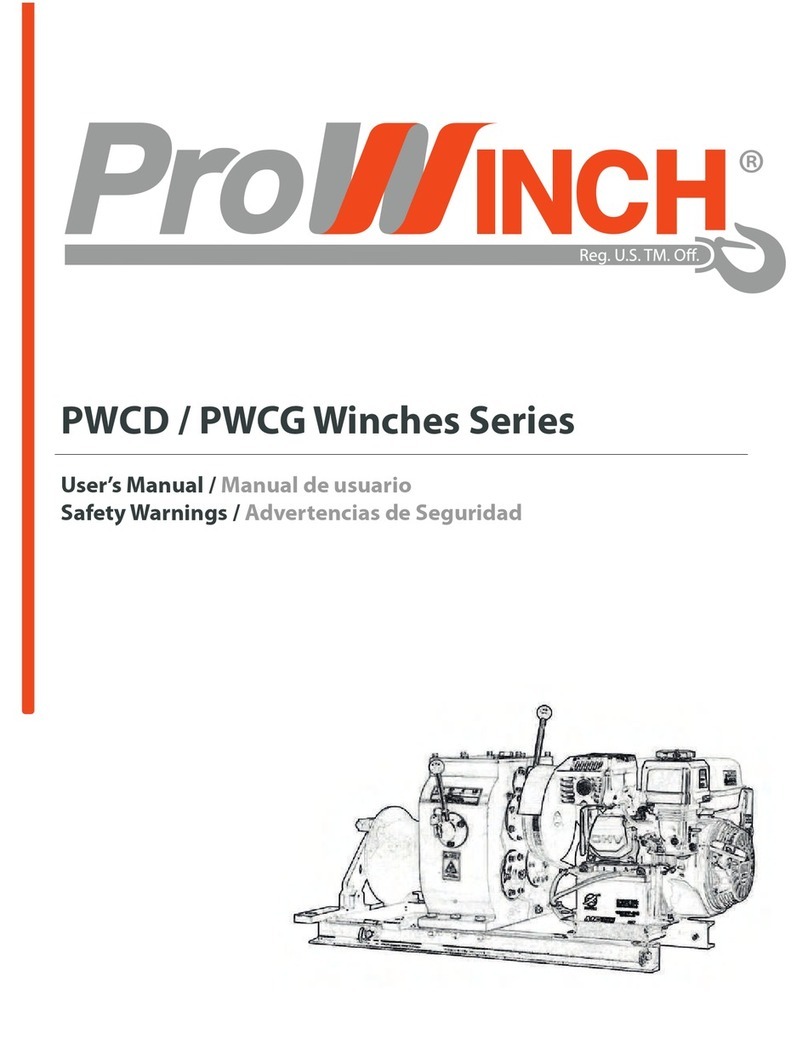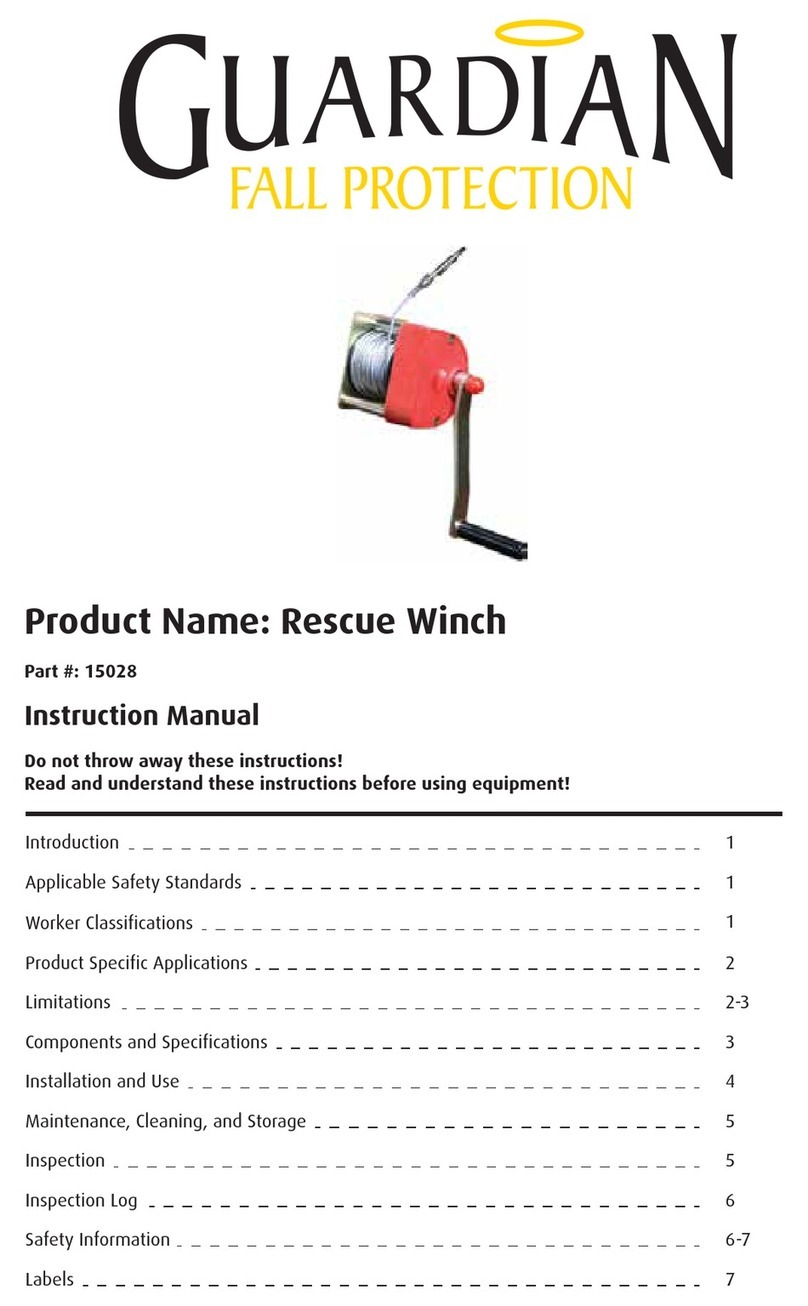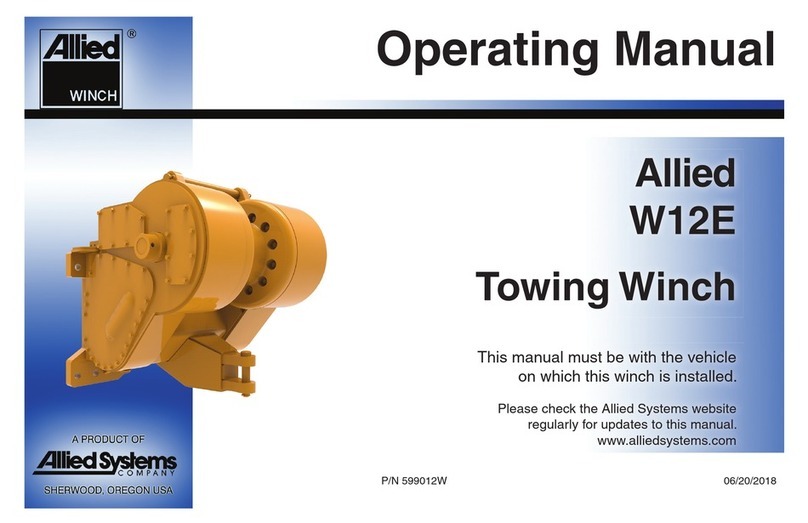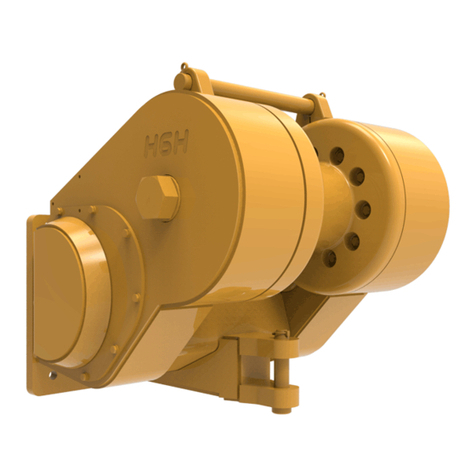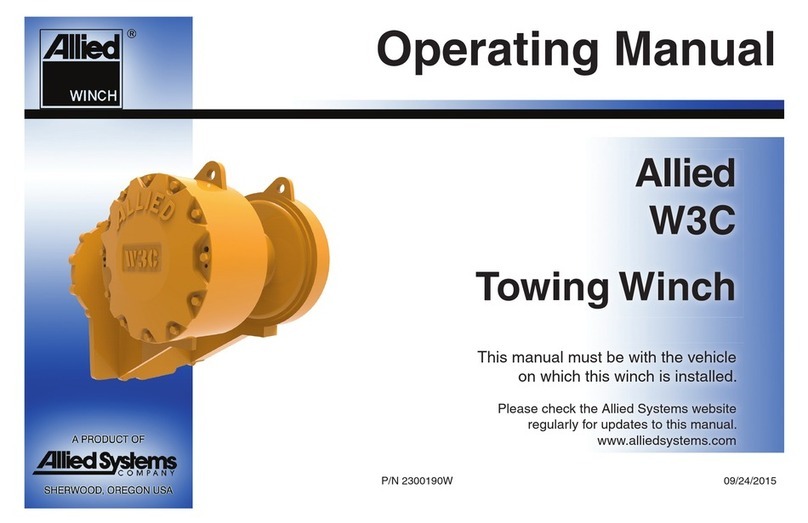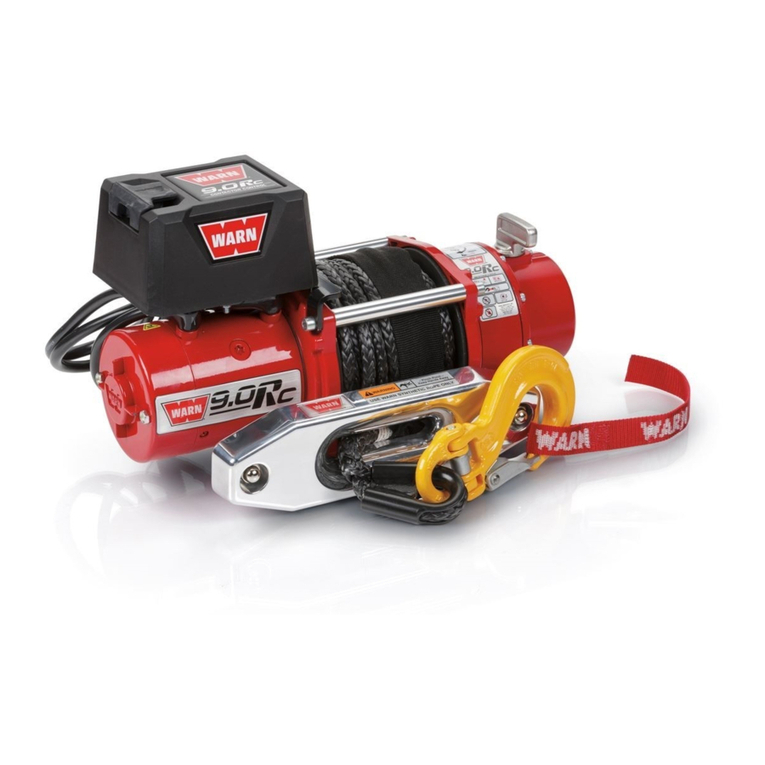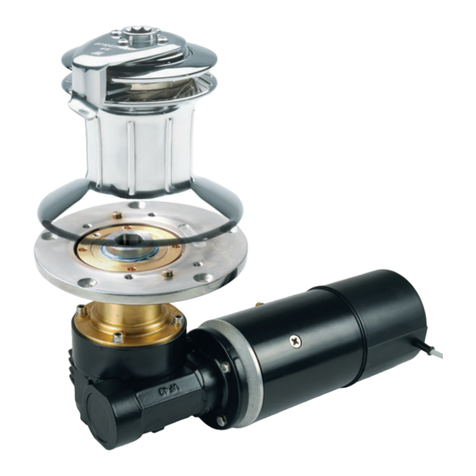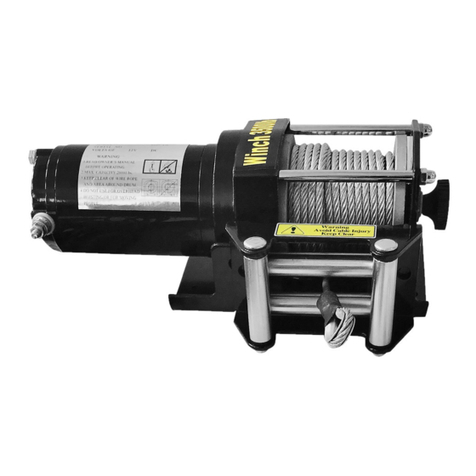
v
Contents
Safety Summary ...................................................................i
General ............................................................................. 1-1
Introduction........................................................................ 1-1
Description ........................................................................ 1-1
Unit Identification........................................................ 1-2
Serial Number Codes................................................. 1-4
Nameplate.................................................................. 1-4
Specifications .................................................................... 1-5
Drum Wire Rope Capacities....................................... 1-5
Hydraulic Specifications ............................................. 1-5
Oil Specifications........................................................ 1-5
Oil Capacity................................................................ 1-5
Maintenance Decal..................................................... 1-5
Torque Specifications ................................................. 1-6
Gear Train ......................................................................... 1-7
FREESPOOL Operation............................................. 1-8
Operation and Control ....................................................... 1-9
Hydraulic System............................................................. 1-10
Motor ....................................................................... 1-11
Brake ........................................................................ 1-12
Planetary Reducer ................................................... 1-13
Counterbalance Relief Manifold ............................... 1-14
Directional Manifold.................................................. 1-15
Control Manifold ....................................................... 1-16
Operator Control Panel ............................................ 1-17
Sequence of Operation, Option Code B.......................... 1-18
BRAKE-ON............................................................... 1-18
LINE-IN..................................................................... 1-20
LINE-OUT................................................................. 1-22
BRAKE-OFF............................................................. 1-24
FREESPOOL ........................................................... 1-26
Sequence of Operation, Option Code D.......................... 1-28
BRAKE-ON............................................................... 1-28
LINE-IN..................................................................... 1-30
LINE-IN Hi-Speed..................................................... 1-32
LINE-OUT................................................................. 1-34
BRAKE-OFF............................................................. 1-36
FREESPOOL ........................................................... 1-38
Schematics...................................................................... 1-41
Troubleshooting............................................................... 2-1
General.............................................................................. 2-1
Step-By-Step Pump & Controller Troubleshooting............. 2-1
Troubleshooting Analysis Check Chart.............................. 2-3
Service.............................................................................. 3-1
General ............................................................................. 3-1
Maintenance...................................................................... 3-1
Maintenance Points .................................................... 3-1
Maintenance Schedule............................................... 3-1
Checks Before Operation ........................................... 3-2
Checks During Operation........................................... 3-2
FREESPOOL Drag Adjustment......................................... 3-2
Hydraulic System Pressure Checks .................................. 3-2
Preparation................................................................. 3-2
Pressure Gauges ....................................................... 3-2
Pilot Supply Pressure Check...................................... 3-3
Directional Valve Pressure Check............................. 3-3
Motor Supply Pressure Check.................................... 3-3
Brake Pressure Check................................................ 3-3
Brake Valve Pressure Check ...................................... 3-3
FREESPOOL Pressure Check................................... 3-4
BRAKE-OFF Pressure Check.................................... 3-4
LINE-IN Pressure Check............................................ 3-5
LINE-OUT Pressure Check ........................................ 3-5
Valve Setting Procedures .................................................. 3-5
Brake Release Valve .................................................. 3-5
Pilot Supply Reducing Valve....................................... 3-5
Hydraulic System Pressure Tests ...................................... 3-6
Repairs ............................................................................ 4-1
General ............................................................................. 4-1
Winch Removal.................................................................. 4-1
Winch Disassembly ........................................................... 4-1
Intermediate & FREESPOOOL Shaft Removal.......... 4-2
Drum Shaft & Drum Removal..................................... 4-6
Hydraulic System Disassembly ................................ 4-10
Motor Shaft Removal & Disassembly....................... 4-14
BRAKE-OFF Clutch Disassembly ............................ 4-18
Brake Disassembly................................................... 4-20
Planetary Reducer Disassembly .............................. 4-22
Winch Assembly .............................................................. 4-24
Visual Inspection ...................................................... 4-24
Planetary Reducer Assembly................................... 4-26
Brake Assembly ....................................................... 4-28
BRAKE-OFF Clutch Assembly ................................. 4-30
Motor Shaft Assembly & Installation ........................ 4-34
Hydraulic System Assembly..................................... 4-38
Drum & Drum Shaft Installation ............................... 4-42
Intermediate & FREESPOOL Shaft Installation ....... 4-48
Winch Installation ............................................................ 4-52
Contents




















